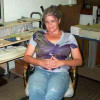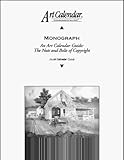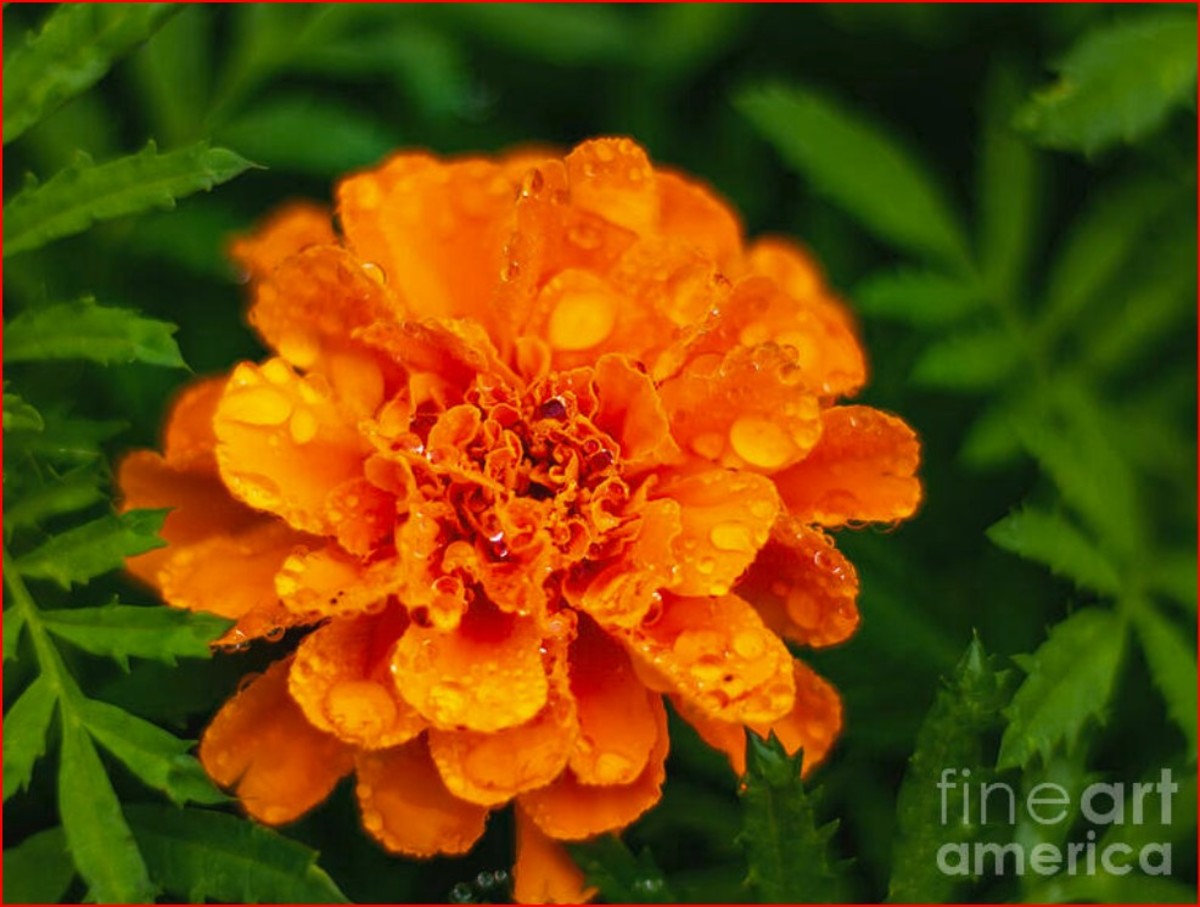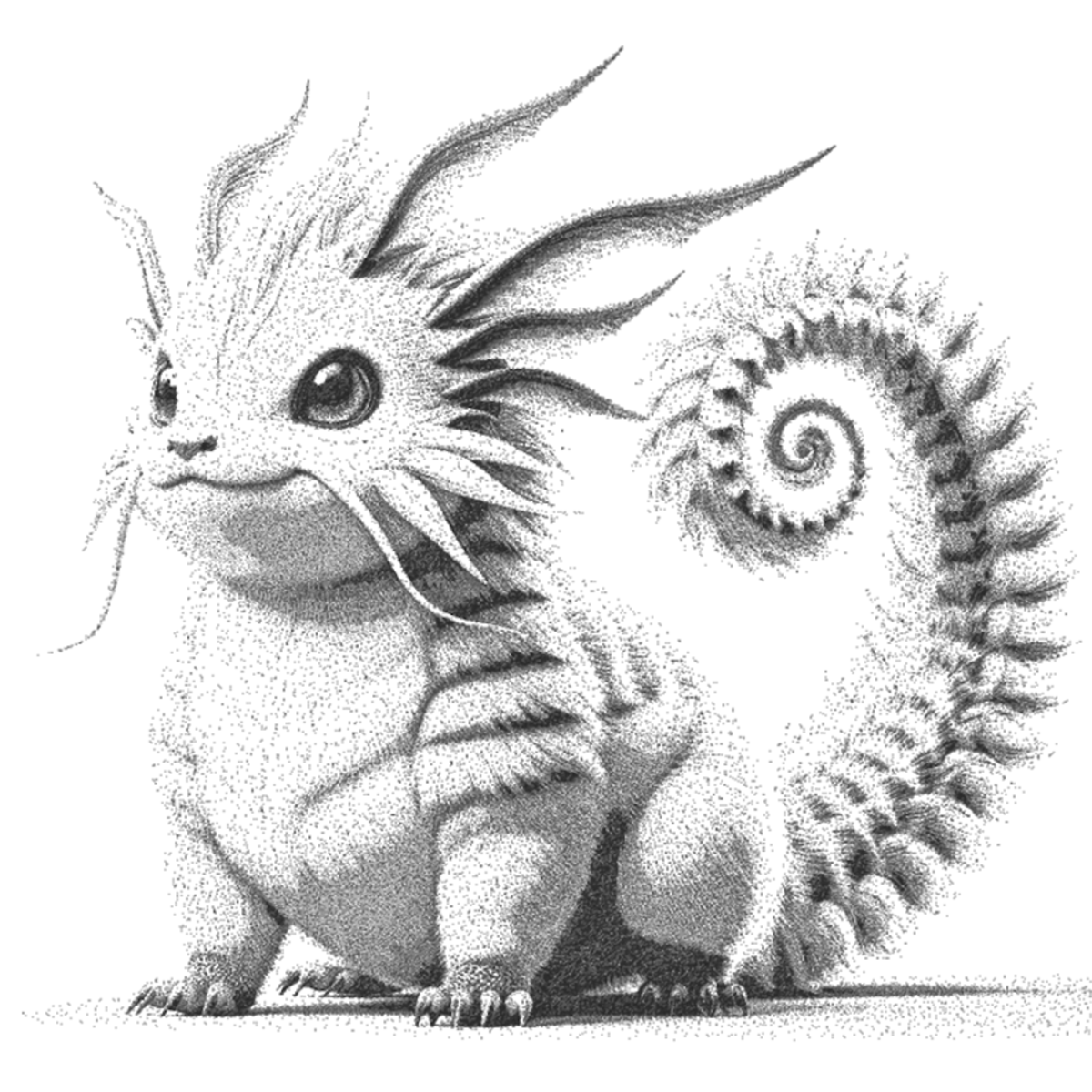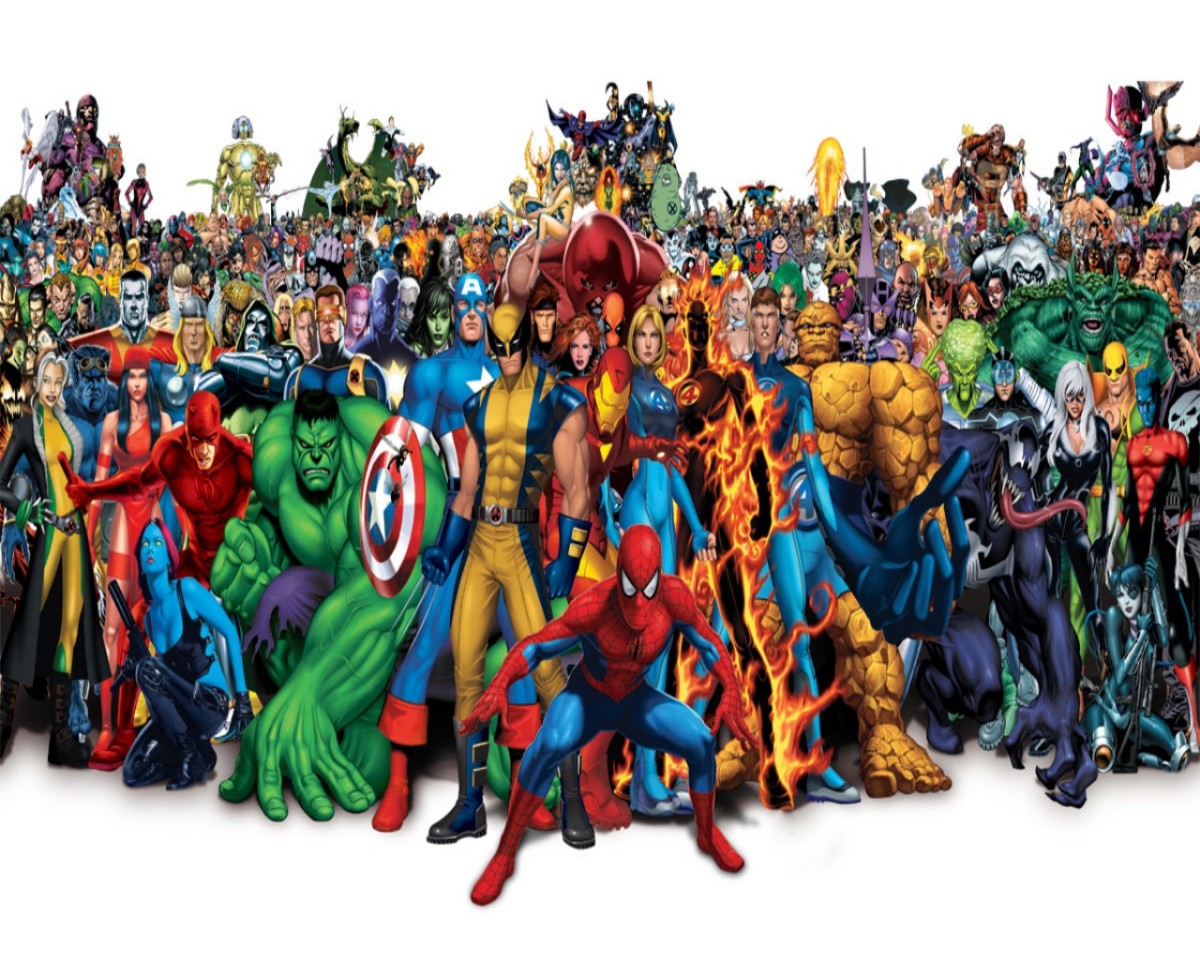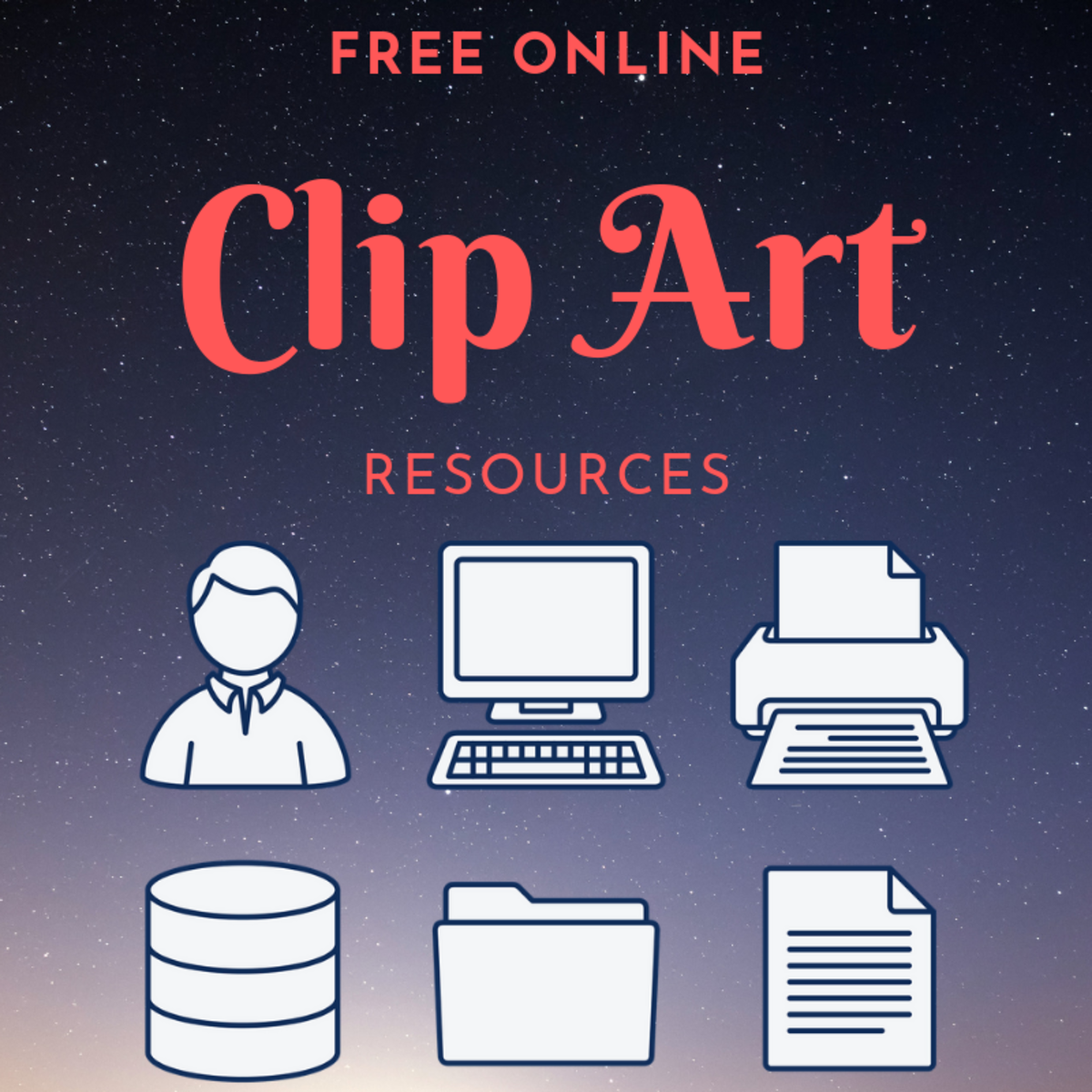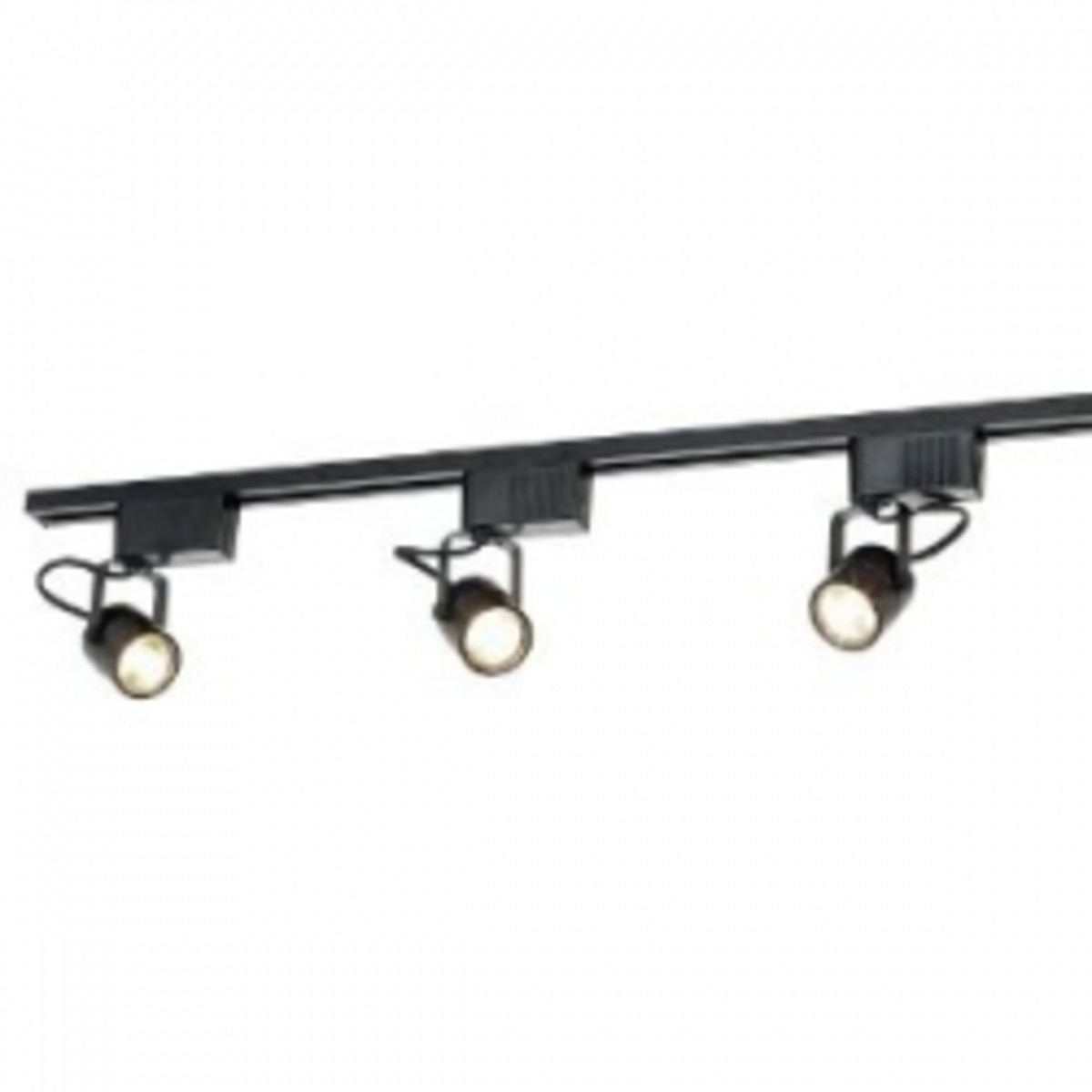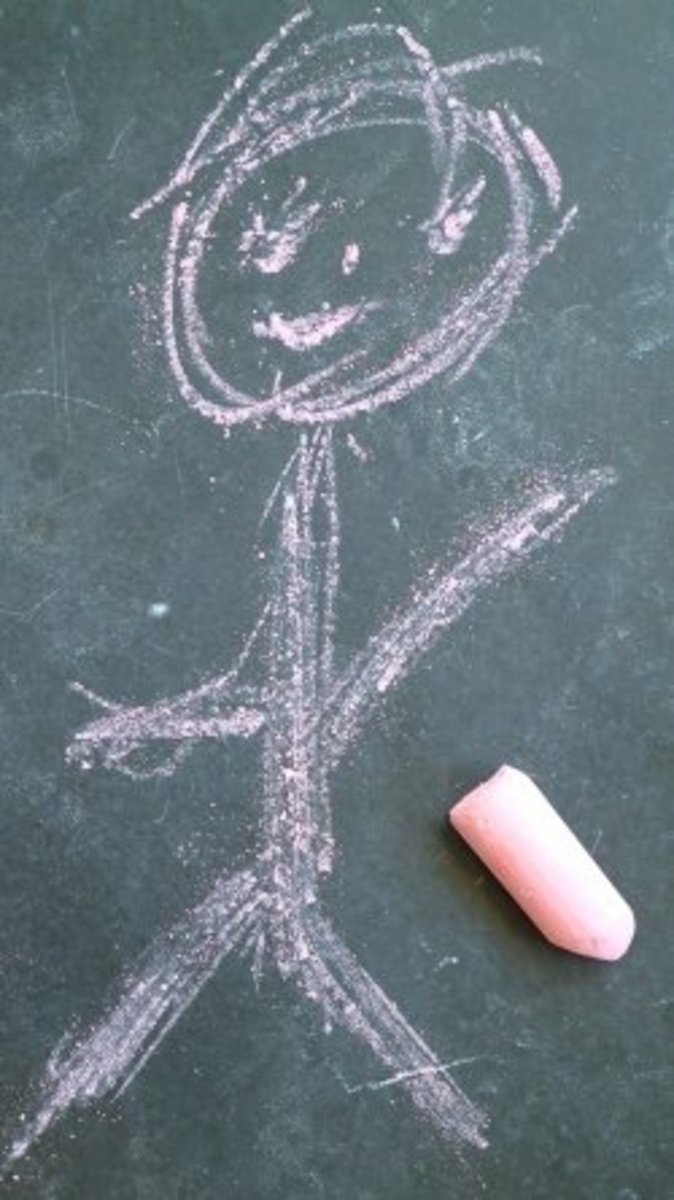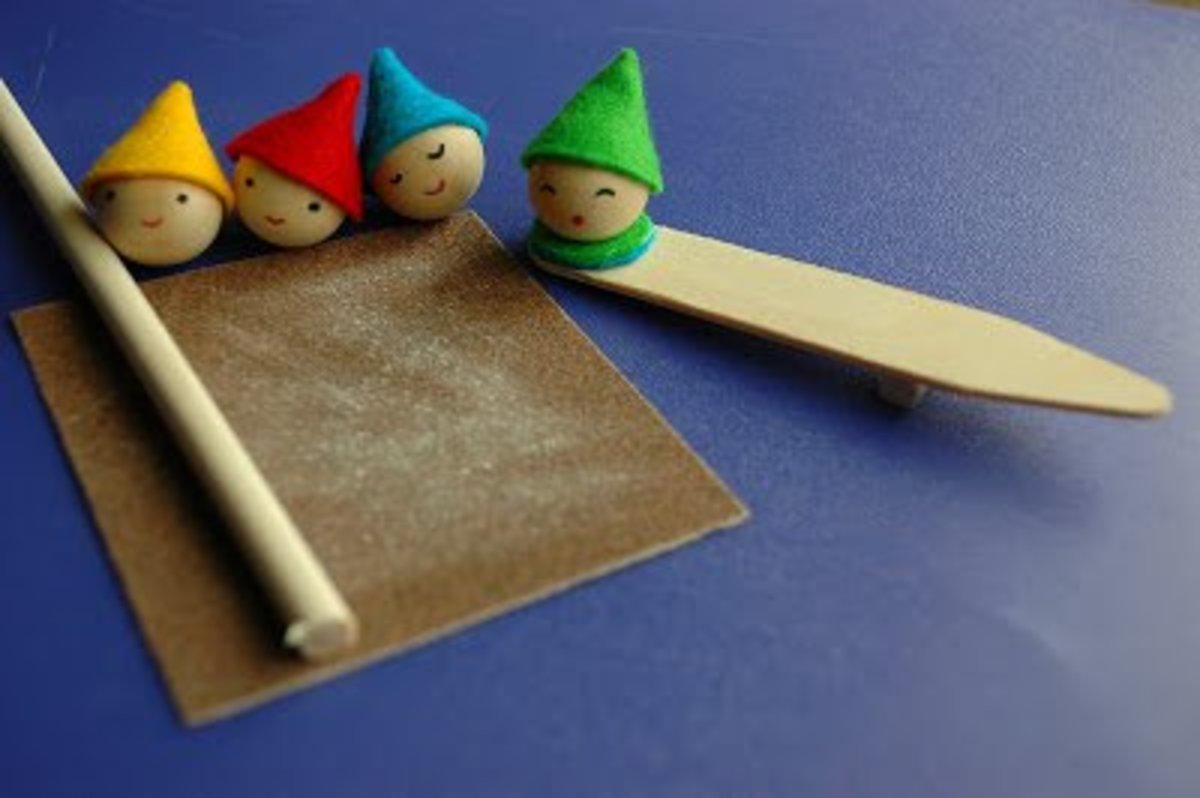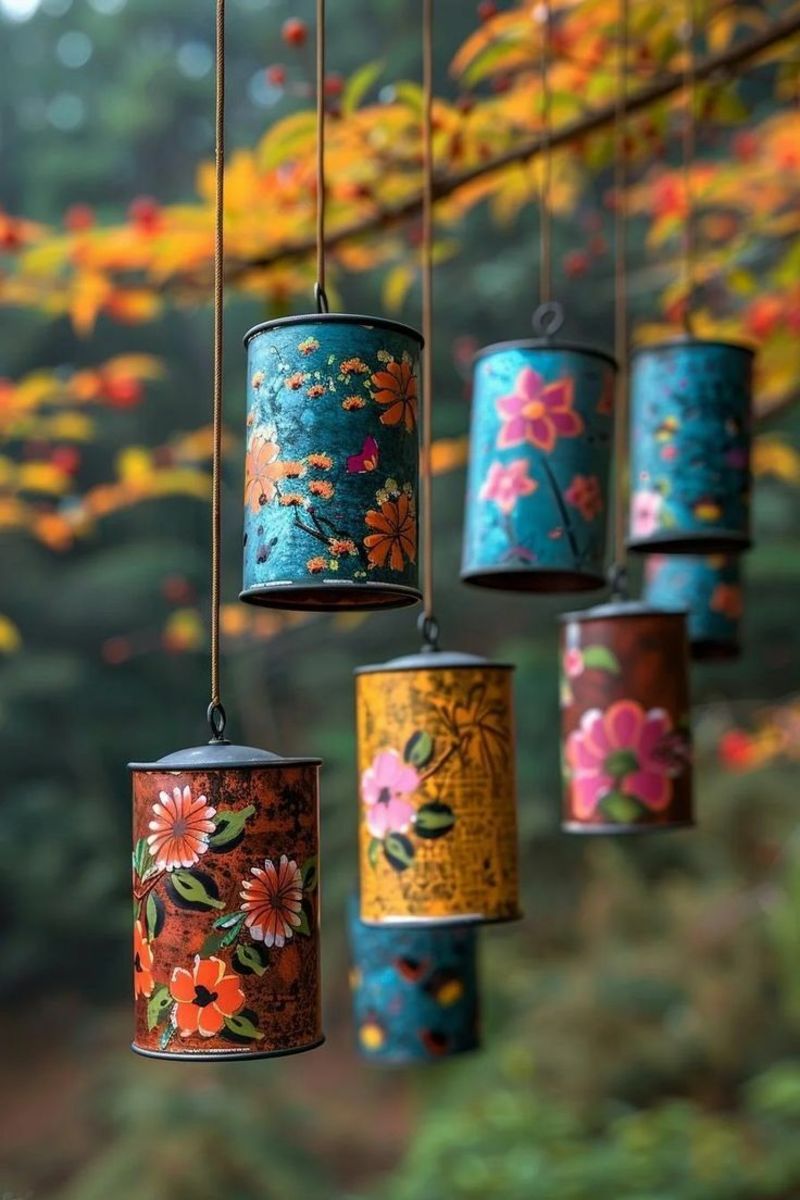Preparing Successful Art Fair Application Digital Images
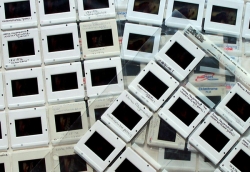
Tips For Preparing Slides Or Digital Images For The Art Fair Jury
I've created a number of pages here on Squidoo about doing art fairs, so I decided to create a page about the importance of using good quality images when applying to events. The competition for quality shows is getting stiffer all the time and the only thing that most events choose their artists with are the images they submit.
Art Fair production and promotion have become a business for event planners.Most quality shows try to emulate the look of high end galleries in outdoor spaces.There is no longer room here for "Well they'll get the idea" when submitting less than stellar images. Not when hundreds of people are doing the work that's necessary to showcase their best.For simplicity sake whenever I use the word "slide" consider it to be synonymous with "digital image" and vise-versa
To be clear I am not a photographer so I can't offer you a step by step on how to take the perfect image. What I will do is offer you some practical information that will hopefully help you along the way.
Every art fair event has a different set of criteria for their jury process. Some use slides, some digital images. Some view them on a monitor and some project them. Some consider the booth slide a part of jurying consideration while others use it for scale. There are many rules which the event doesn't actually even explain to the artist in the application. A lot is left up to the artist to guess at. But in the world filled with things you can't control, let's focus on the things you can. And this page will help you do it.
What This Lens Covers:
What Constitutes A Good Quality Image
What Is Zapplication
How to maximize your Zapplication images
Where you can get slides made from your digital files.
The importance of Good Booth Slides

All copyrights are retained by the artist,
Mona Majorowicz of Wild Faces Gallery.
The artwork or content in this lens may not be used or reproduced, either
in part or in whole, without the express written consent from the artist.
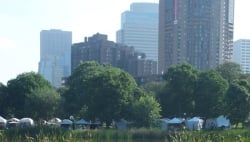
Are Art Fairs Still Using Slides For Jurying Or Has Everyone Gone Digital?
What's Up With Art Fair Images
Slides are definitely on their way out. Nearly every event that I've done this year required digital files via cd or through Zapplication. However there was a couple who still only allowed slides for the jury process.
I personally struggle with this because slides are kinda a hassle to have made and frankly when only a couple of events use them I am much less likely to get slides made from my latest work. This is a mistake on my part because what it means is for those couple of events (one of which is one of my top money making shows every year) I wind up using the same images from a couple of years ago. This puts me at a distinct disadvantage for the jury process.
There is a bit of a rumble from some about the ease in which people can manipulate digital images to get a better looking result. Potentially superior to that of even the artwork. Supposedly the use of slides prohibits this. But it's a fairly simple task to get your digital images turned into slides so I doubt that can be a valid reason against using digital images for jurying.
That being said my biggest complaint is that there is no way to know how your digital file will look to the jury. Different computer monitors show color differently. An image I view at my gallery may be perfect but when viewed on my home computer may be look too dark. Also most events don't tell you whether the jury will view the image as projected on a screen or viewed on individual monitors. This really makes a big difference.
NOTE: Whenever sending digital files use the maximum file size they allow. If you use the other end of the spectrum you may wind up with poor quality looking images (especially when projected) compared to those with a higher resolution.
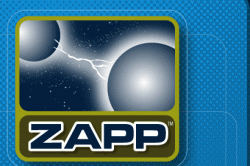
A Few Words About Zapplication The Online Art Fair Application System
Also known as Zapp
Lately many events have been switching their application process over to Zapplication
This is a pretty straight forward application to use and it does make it easier in some significant ways. But being a bit of an old dog. I'm not fond of learning new things. So Zapp wasn't exactly embraced by me with open arms.
Also there has been more than one occasion that for some reason rejection notices were sent when they shouldn't have been. I imagine this could happen in the old way using snail mail as well. But perhaps things being sent out instantaneously isn't always the best idea.
Things I like About Zapplication
* Relatively easy to set up an account.
* Once an image is uploaded it is archived.
* No messing around trying to get good quality slides.
* You can check out criteria for other shows.
* It allows you to find shows you may not have had access to before.
Things I don't Like About Zapplication.
* You need to have a good quality digital image.
* Computer monitors color gamut varies. Hard to say what your image will "really" look like to the jury.
* Some shows require payment by credit card. Personally, I don't like using credit cards for this.
* Events that have switched to Zapp now have way more (as in doubled or tripled) the number of artists applying.
A Word About The Uploaded Image Size For Zapplication
The best size for an uploaded image to Zapp is 1920 pixels on the longest side. If your image is retangular say for instance a 1920 x 1800, Zapp automatically adds a mask in black, much like an actual slide would have.
Zapp has recently changed their image upload to accommodate the smaller size of 1400 pixels. It's the 1920x 1920 that will best showcase your images to the jurors particularly if they are being projected. The 1400 x 1400 will mean your images will project smaller than the thousands of images already in the system at the 1920 size. So if your images are smaller I'd replace them with larger.
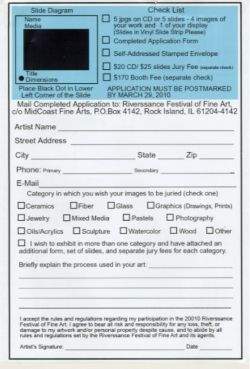
What Constitutes A Good Slide Image For The Art Fair Jury
And Why Only The Best Images Should Be Used For The Art Fair Jury
Submit quality images
By entering quality images you show the jury that you are a professional and care about your art. You may well say to yourself "This is good enough to give them an idea of my work. Sure it's a little blurry, but surely they can see that I have talent."
While this may be true, you are competing against other artists who are submitting great images representative of their work. In the end, the jury will select the ones who put in the effort.
It is understandable if creating good digital images is not your thing. But if you want to get into bigger and better events you need to either take on the challenge and learn it, or hire a good photographer. Showing your work to it's best advantage speaks to your professionalism.
I recently read that Cherry Creek (a show that projects) spends an average on 6 seconds viewing the images. Whether that was all of them at once or 6 seconds per image I don't remember. Either way, a tiny amount of time to form an opinion. All the more reason to have your artwork displayed as simply and elegantly as possible.
What constitutes a good quality image.
1. Clarity. No fuzziness or blurry areas. Also no shadows or glare.
2. Color is true to the original. Too light or dark is not acceptable.
3. Image Only. No framing, matting, glazing, or fingers, grass, carpeting. You get the idea.The nice thing about digital files is this is easy to crop out.
4. No Distractions As mentioned #3 the focus should always the artwork. In a like manner the background color should be neutral and muted. Bright White or Very Dark backgrounds should be used cautiously.
5. Image is square. This means the image is not crooked or fading off into the distance on one end.
6.Your best work only. You will be judged on your weakest work guaranteed. Most applications take 3-4 images. If you have 3 outstanding pieces and one so-so piece. It is the so-so piece that will determine your entrance into the event.
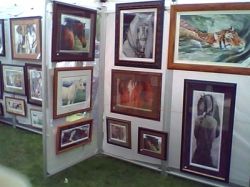
A Word Or Two About Your Booth Image
How Your Work Gets Represented To The Art Fair Jury Is Critical.
More and more events are requesting a boothimage which is as it sounds, an image of your booth complete with display and artwork.. How this slides is used varies greatly among events. Most events don't actually tell you how important this image is. It may simply be a used to give them an idea of scale and was no way included as part of the jury process. After all a 5x7 inch painting looks the same as a 5x7 foot painting when viewed as an image on a screen. Seeing the booth allows them to get an idea of how your work looks in real life.
Lately the trend has been to use this image as part of the jurying as well. I've read an article in an art rag recently where the author was touting that a booth image should look exactly like the booth you have at their event, right down to the exact artwork. This idea seems not only ludicrous to me but impractical. I mean the goal of every artist is to sell product so there is no way my booth will ever look the same with the same artwork. Heck most of the time it looks different from one day to the next at the same event.
As events get more and more high brow I'm afraid these kind of over the top rules will begin to become the norm not the oddity they are now. None the less it would be a good idea to try to create appealing booths that reflect the pristine quality of the booth slide you submit.
What Makes A Good Booth Slide/Image
* Your slide should contain no banners or obvious things that indicate who the artist is.
* No people in the booth including yourself or customers.
* Just like in your actual booth at the event, no items on the ground (ever.)
* It should not be overcrowded with work.
* A good idea to create a new booth image every year.
When creating your booth slide it might be a whole lot easier to achieve the perfect image if you set up your booth for the specific purpose of taking images for jury. You can do it indoors somewhere and use adequate lighting and create exactly what you want.
I on the other hand am not a woman with a lot of free time on my hands so most years I take my booth slides when doing high end indoor events before the actual show opens to the public. This allows me to pretty much get exactly what I want without the extra effort. I am pretty sure this standard will soon not be good enough if booth slides continue to be a part of the jury selection process.
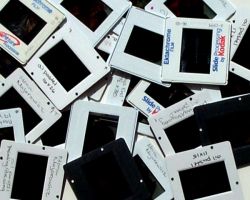
Companies That Can Create Slides From Your Digital Files For The Art Fair Jury
Why You Shouldn't Have The Art Fair Event Create Your Art Fair Images For You.
Many Art Fair Events offer to convert your slides to digital images for a small fee. While this sounds like a good idea because heck why not it's only $5 remember that those transferring the images have no real interest or idea what the artwork is supposed to look like. You will have no idea what the jury is actually seeing and so you have just lost control of how your images (and thus your work) are being represented.
If you cannot create the digital images you need then hire someone professionally to do the work for and with you, so you can monitor the outcome.
Of course there are hundreds of companies that will provide this service for you. Listed below are a just a couple of options.
The only company listed below that I have had experience with is Photographic Specialties. I was very happy with both their quality of services and pricing.

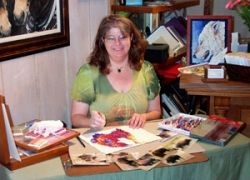
About The Author Of Art Fair Slides & Digital Images
Mona Majorowicz of Wild Faces Gallery
Greetings,
My name is Mona Majorowicz I am a professional artist who has been making my living selling my work for some time now. I have been in the art and framing industry for over 20 years. I am an animal artist, (meaning I paint critters) who works primarily in Oil Pastel or Water Soluble Pencil.
I own and operate Wild Faces Gallery with my husband Mike in a small rural town in Iowa. There we sell my original artwork and prints, as well as do quality custom framing and offer Giclee printing for other artists as well as for ourselves
I maintain a blog called Fur In The Paint, as well as write a regular column for the equestrian magazine Apples 'N Oats about painting horses.
Animals are my passion and art is how I chose to express it.
